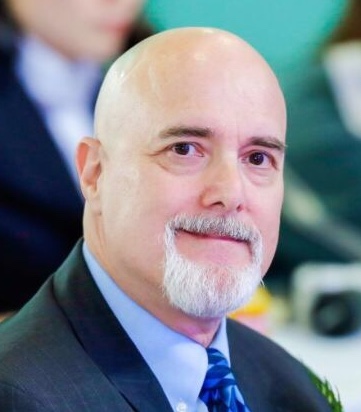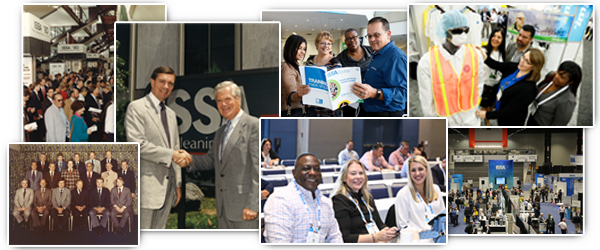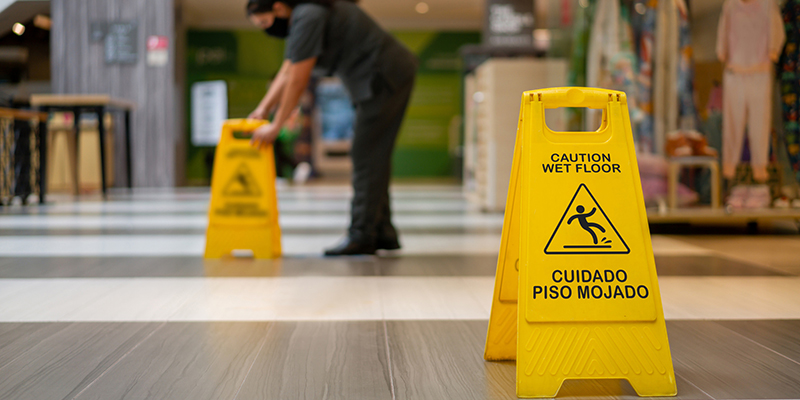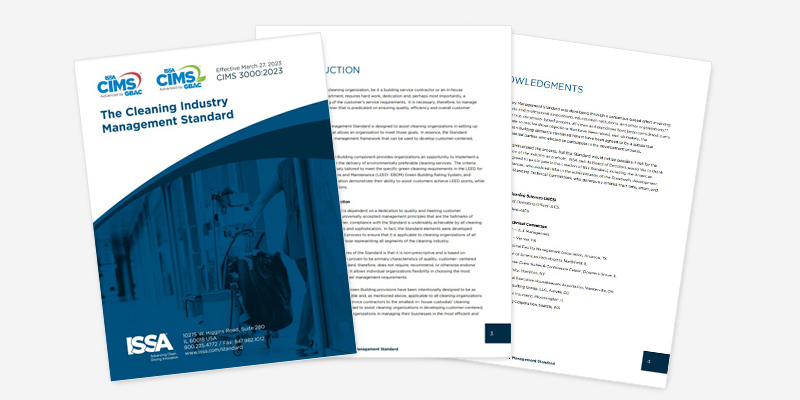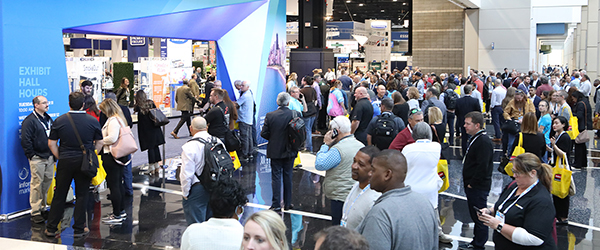Think Sustainably

In today’s world, every choice—what we buy, how we operate, how we treat others—has an impact. Sustainability isn’t a distant ideal; it’s a strategic mindset that touches every part of an organization. This isn’t just about green cleaning or a few eco-friendly practices—it’s about embedding a “think sustainably” culture into the organization’s DNA.
This approach recognizes that true success is measured not only by profit or meeting budgets, but also by our impact on people and the planet. It’s a shift from short-term gains to intentional, long-term responsibility.
Understand the power of our choices
Cultural change begins by rethinking how we evaluate decisions. Traditionally, purchasing has focused only on upfront costs and immediate performance. A sustainable mindset asks deeper questions.
When new equipment is needed, a sustainable leader considers its full lifecycle cost—not just purchase price, but energy and water consumption, maintenance, replacement parts, and end-of-life disposal. Is it designed for repair, or destined for the landfill?
We also look at the company behind the product. Is its supply chain ethical? Has it faced environmental or labor violations?
By asking these questions, we mitigate the risks associated with partnering with questionable suppliers and make informed ethical choices that enhance our brand reputation and foster customer trust.
The relentless pursuit of eliminating waste
A “think sustainably” culture relentlessly targets waste—defined as any inefficiency that drains resources, whether energy, water, materials, or human potential.
Why pay for wasted energy that also harms the environment? Smart technologies, such as energy-efficient heating, ventilation, and air conditioning (HVAC) systems, LED lighting, and smart thermostats, can significantly reduce electricity use. Low-flow fixtures and efficient cooling or irrigation systems reduce water consumption without sacrificing performance.
In manufacturing, “dematerializing” processes—using fewer materials, minimizing scrap, and maximizing output—save money and resources. In logistics, optimizing delivery routes and investing in fuel-efficient or electric vehicles reduces emissions and operating costs.
Every kilowatt saved, drop of water conserved, and gallon of fuel avoided, is a win for both the planet and the bottom line.
Being mindful of others and the planet
The heart of sustainability is mindfulness—toward people and toward nature. Some organizations view employees as replaceable and communities as resources to exploit. Sustainable organizations see themselves as part of a larger ecosystem.
They invest in people by offering fair wages, safe working conditions, and opportunities for growth. They engage with their communities, supporting local initiatives and striving to be a positive force for social good.
Mindfulness also means actively working to protect biodiversity, reduce our environmental footprint, and restore natural resources. This is not just generosity—it’s enlightened self-interest. Thriving communities and healthy ecosystems form the foundation for long-term success.
Building sustainability into strategy
Embedding sustainability into strategy requires leadership commitment, employee engagement, and consistent action. It means integrating holistic decision-making, waste elimination, and mindful stewardship into every level of operations.
For example, procurement teams can prioritize products with third-party environmental certifications. Facilities teams can commit to annual energy and water audits, tracking improvements over time to ensure ongoing sustainability. Operations can set goals for reducing packaging waste or increasing recycling rates.
This integration ensures sustainability isn’t a side project—it becomes part of how the business operates, measures success, and competes in the marketplace.
Is there a better way to do this?
Creating a culture of sustainability means constantly asking: “Is there a better, more sustainable way to do this?”
Often, the answer leads to improved efficiency, lower costs, reduced risks, and enhanced reputation. Over time, these choices compound, building a stronger organization while contributing to a healthier, more equitable world.
It’s a continuous process—not a one-time project. It requires persistence, creativity, and the willingness to challenge “the way we’ve always done it.”
The legacy we leave
Every decision matters. The choices we make shape not just quarterly results, but the legacy we leave for future generations. A “think sustainably” culture empowers organizations to align financial success with environmental responsibility and social well-being.
By integrating sustainability into the organization’s DNA, we move beyond compliance and cost savings to something greater: Building resilience, creating opportunities, and ensuring our success is shared by the communities and ecosystems we depend on.
Thinking sustainably is good business—and it’s the right thing to do.
Stephen P. Ashkin is president of The Ashkin Group, a consulting firm specializing in green cleaning and sustainability. He co-chairs ISSA’s Sustainability Committee and can be reached at [email protected].
SidebarS
BONUS VIDEO CONTENT:
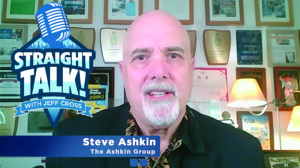
issa.com/think

Screenshot

